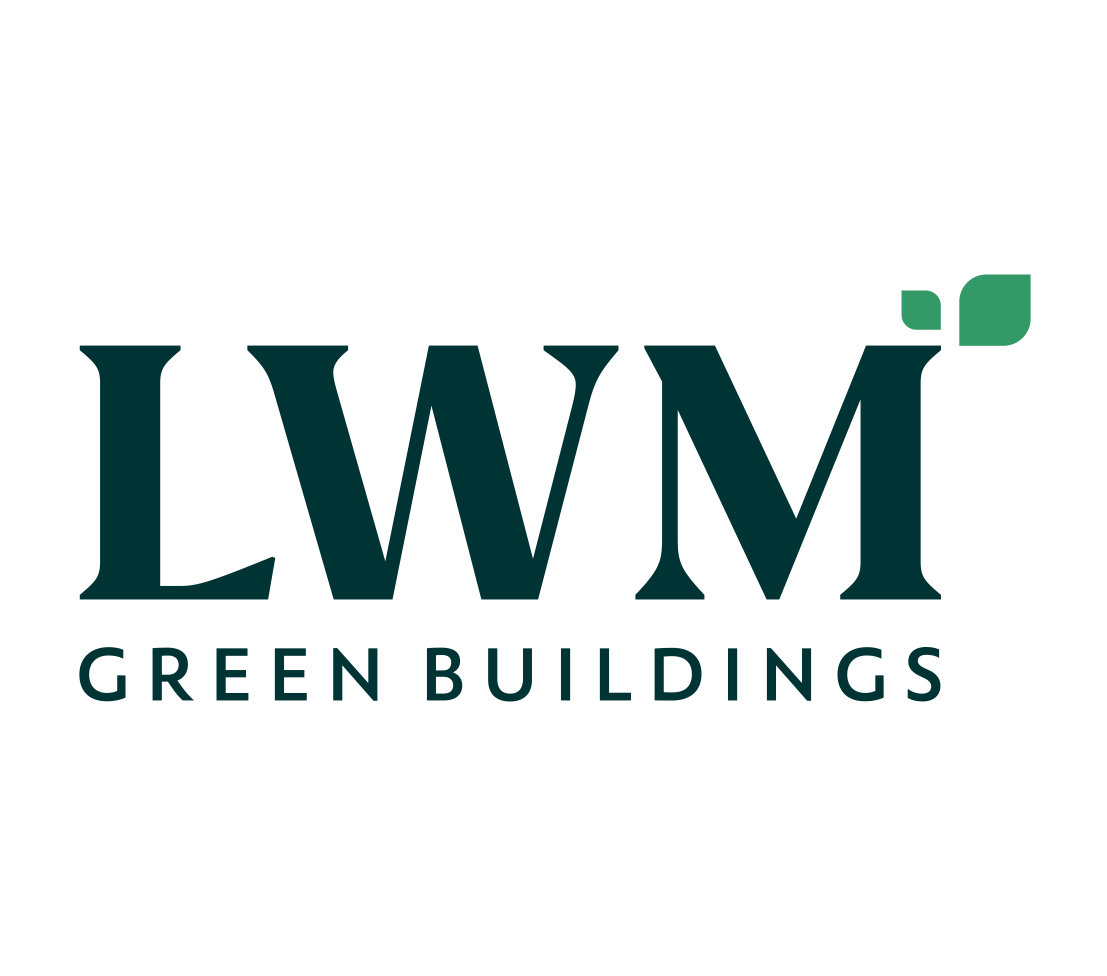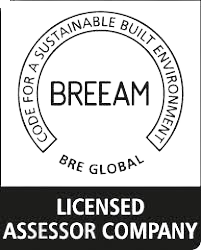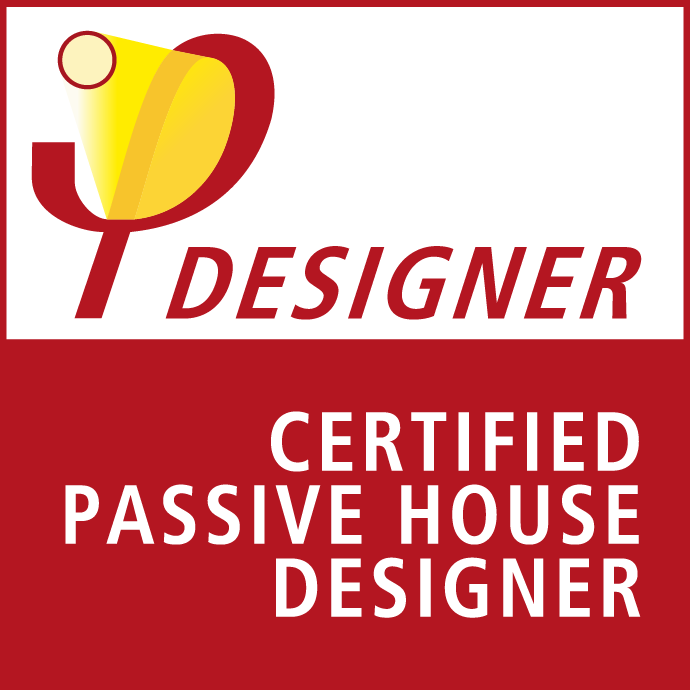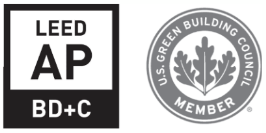Building projects aimed at improving the quality of life are primarily buildings, with a view to users with functional limitations, including, in particular, buildings, and environments that will respond to the needs and improve the quality of life of the elderly. Such projects are not just about architectural solutions, although there are still few companies, even in Poland, that take up this topic. It is more about reducing such adverse phenomena as overheating, or the “heat island effect.”
At the Futurebuild 2020 conference, there were several companies offering software or a software-based service, i.e. ENVI-met® that examines how a building will fit into and affect its surroundings. And don’t get me wrong: the impact of shading, transportation is always taken into account in design. What’s new here is the study of how the new building will affect the comfort of the building’s occupants and the occupants of neighboring sheds – for example, what contribution the building will make during periods of hot weather and to what extent it will disrupt air flow.
Some companies, such as Greenpass®, even award their certifications based on how a building compares to referenced buildings in terms of: (i) not addressing the impact of kimatic changes, (ii) managing surface water, (iii) not addressing the negative impact on air flow, (iv) offsetting the reduction in biodiversity, (v) managing available energy, (vi) and Note! how it compares in terms of cost-effectiveness (considering the building’s life cycle).
Greenpass is working with the Vienna city administration, and there is a good chance that soon the aspects assessed by Greenpass certification will be taken into account when issuing building permits.






